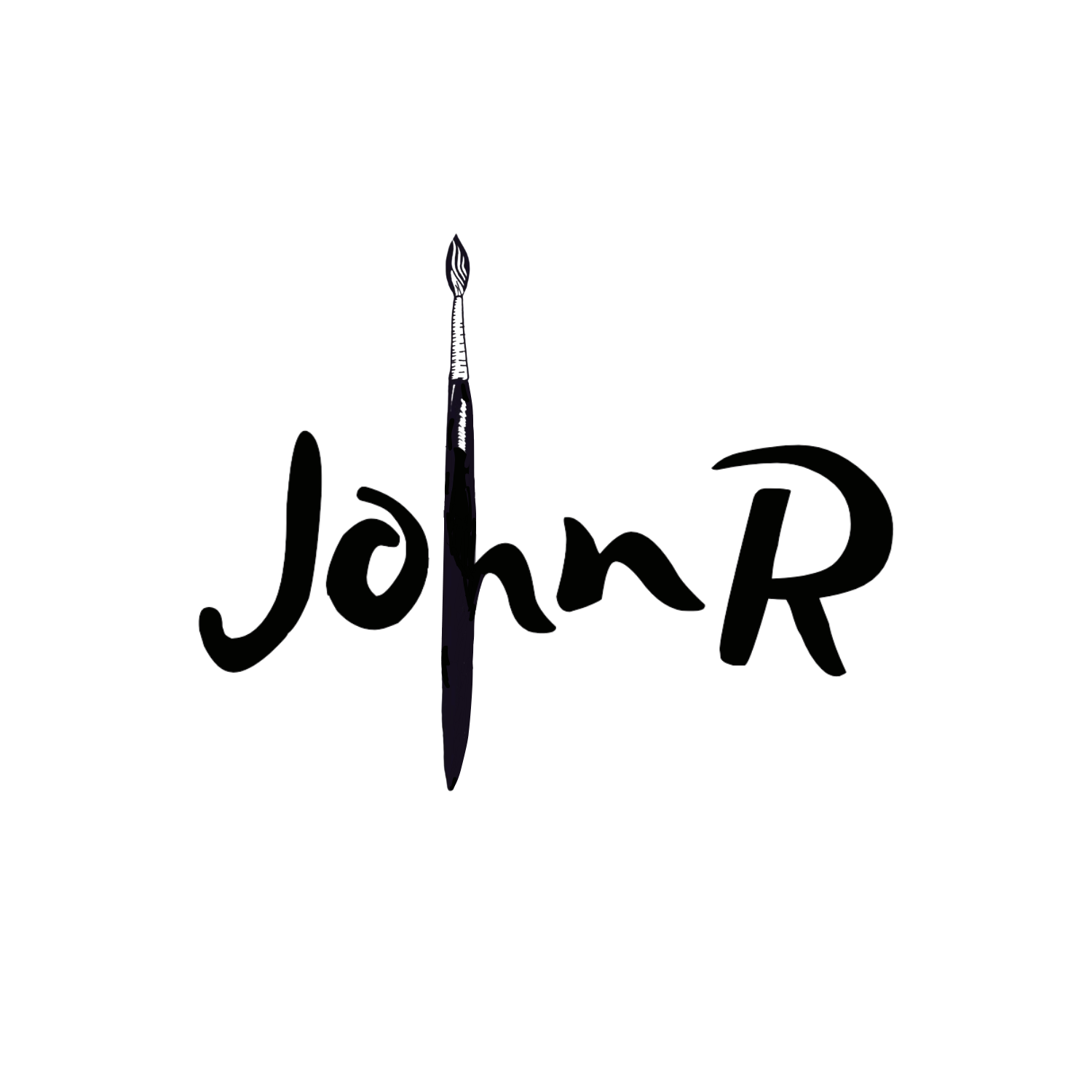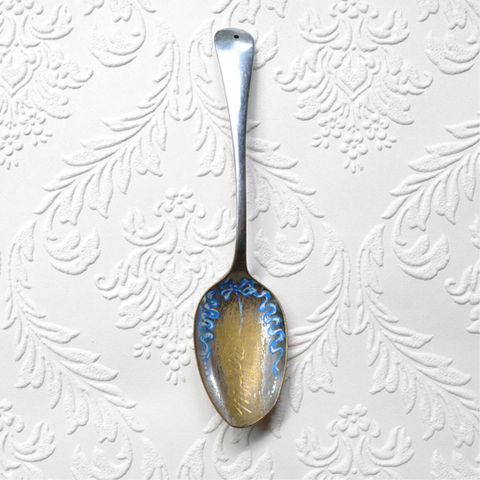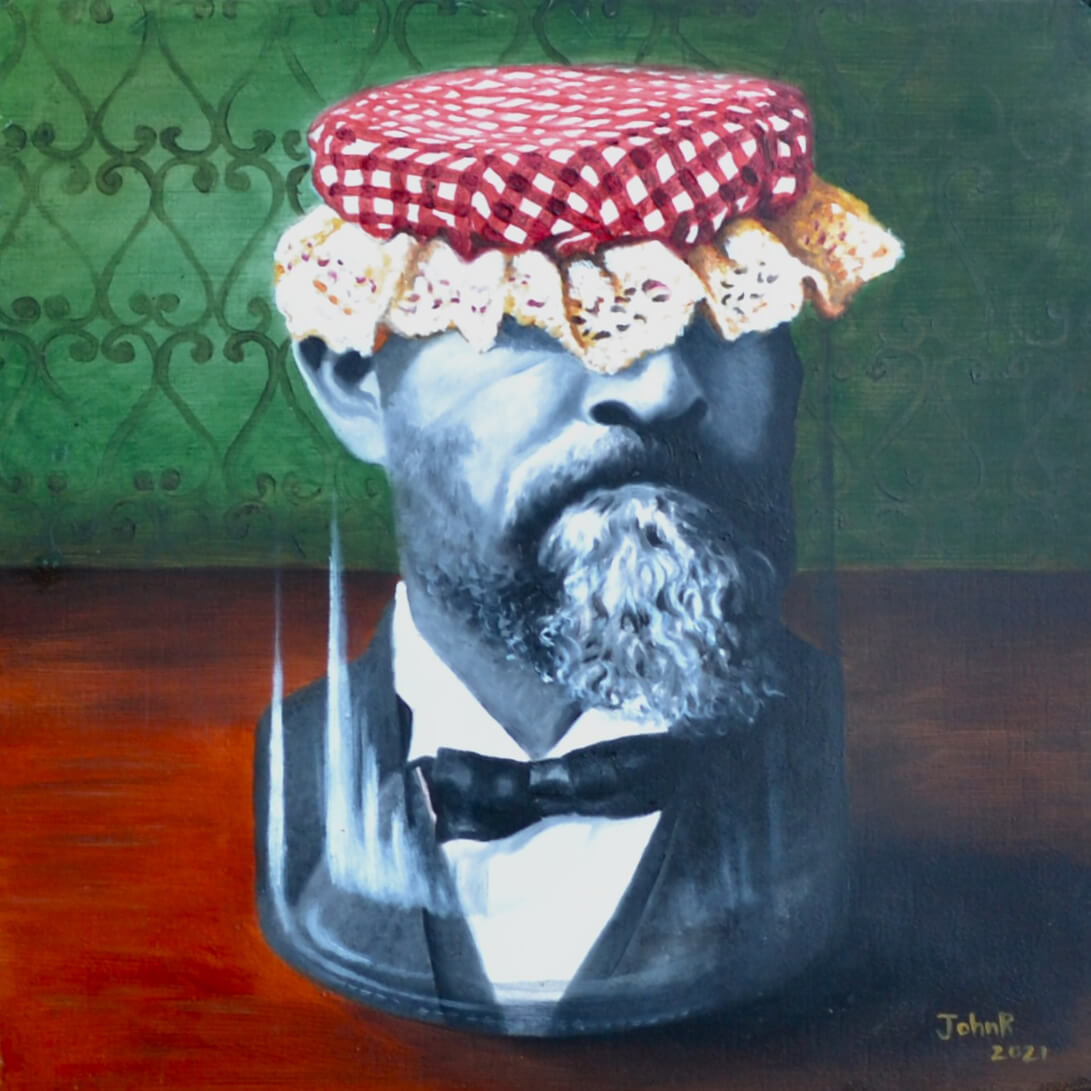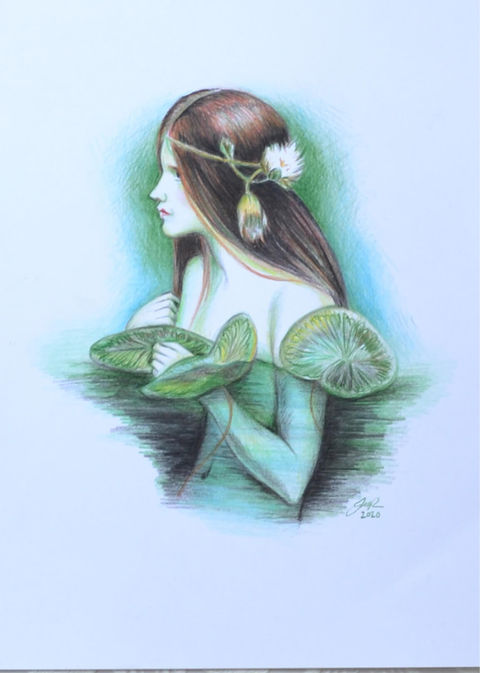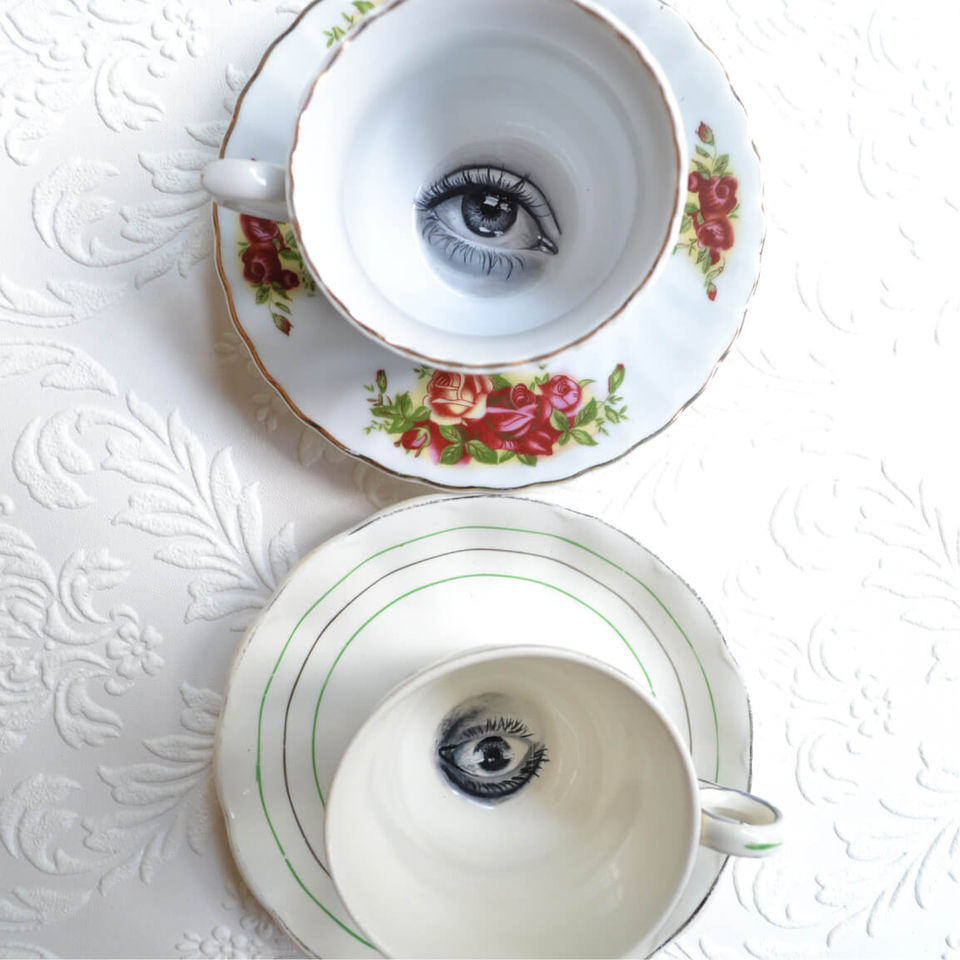Spoon Feeding Series
Originally conceptualized and created in 2014 during my BTech studies at Tshwane University of Technology.
The Spoon Feeding Series explores the construction of identity in contemporary times—how fluid and malleable our sense of self has become. It reflects on the idea that much of who we are is shaped by external influences encountered in everyday life, often without conscious choice. These experiences—both positive and negative—“spoon feed” elements into our evolving identities. Each spoon in the series represents a specific factor or moment that has influenced and constructed my personal identity, whether profoundly or subtly, contributing to who I am today.


Divination Series
Originating in 2014 as part of my BTech studies at Tshwane University of Technology.
The Divination Series examines identity and the ways in which traditional society often imposes rigid expectations on individual identity formation. Drawing inspiration from the Western practice of tea leaf reading—historically used as a form of divination or glimpsing into the future—this series reimagines the teacup as a metaphor for societal influence. Each teacup, adorned with a miniature portrait, suggests a person whose identity has been “pre-destined” by the symbolic tea leaves of convention. Through this, the series critiques how traditional frameworks can pigeonhole individuals, shaping and confining the identities we are allowed to express.
Trompe l'oeil Series
Developed in 2014 alongside the “Divination Series” during my BTech studies at Tshwane University of Technology.
The Trompe l’oeil Series explores the French painting technique trompe l’oeil—meaning “to trick the eye”—to create hyper-realistic depictions of half-eaten tea-time treats such as cakes, cookies, and crumbs. Drawing inspiration from Dutch Baroque Vanitas still lifes, which often portray partially consumed meals as symbols of life’s fleeting pleasures, this series reflects on themes of joie de vivre (the joy of life) and the impermanence of human experience. At the same time, it extends the conversation around identity by positioning society itself as the grand banquet—one of the most powerful forces shaping and consuming personal identity.


The Story of AppelKoos and Marie Koekie
First created in 2021 as the beginning of an ongoing series.
The Story of AppelKoos and Marie Koekie offers a satirical critique of traditional Afrikaans society, exploring gender roles and their often restrictive expectations. The series introduces two characters: AppelKoos—the archetypal Afrikaner man—preserved with his bottled-up emotions and narrow-minded views, much like a jar of appelkoos (apricot) jam. The name playfully merges the domestic tradition of jam-making with “Koos,” one of the most common Afrikaans male names. In contrast, Marie Koekie sits quietly within her teacup—silent, obedient, yet ever observant—embodying the socially prescribed behaviour of the traditional Afrikaans woman. Her name references both the familiar Marie biscuit, a staple of South African teatime, and “Marie,” a common Afrikaans female name. Through humour, symbolism, and a visual language reminiscent of Surrealism and Narrative art, the series critiques and reimagines these entrenched gender norms and their lingering influence.
Stranded Series
Created in 2020 while in quarantine aboard a cruise ship during the global pandemic.
The Stranded Series was born out of isolation and uncertainty during the height of the COVID-19 pandemic. While quarantined in a small cabin aboard a cruise ship (where I worked as a crew member), drawing became my lifeline—a way to process my emotions, find beauty amid fear, and maintain a sense of control when the world felt adrift. These works capture both the fragility and resilience of the human spirit during a time of unprecedented confinement. What began as an act of survival and self-preservation has since become a visual record of endurance and introspection—a testament to that suspended moment in time when creation itself became a means of staying afloat.


Hear No Evil, See No Evil, Speak No Evil Series
Originally conceptualized and created in 2014 during my studies at Tshwane University of Technology, this series remains ongoing.
The Hear No Evil, See No Evil, Speak No Evil Series explores the complex relationship between language, identity, and social perception. Language—arguably one of the most powerful forces in shaping identity—has the ability to both construct and dismantle one’s sense of self. In this body of work, teacups serve as symbolic vessels referencing the Western tradition of the tea party: a social ritual often steeped in gossip, judgment, and subtle cruelty. Within each cup, the recurring motifs of the eye, mouth, and ear embody the ever-present cycle of seeing, speaking, and listening that sustains such dynamics. Together, they reflect on how words and social commentary, often disguised as casual conversation, can quietly corrode individual identity and self-worth.
